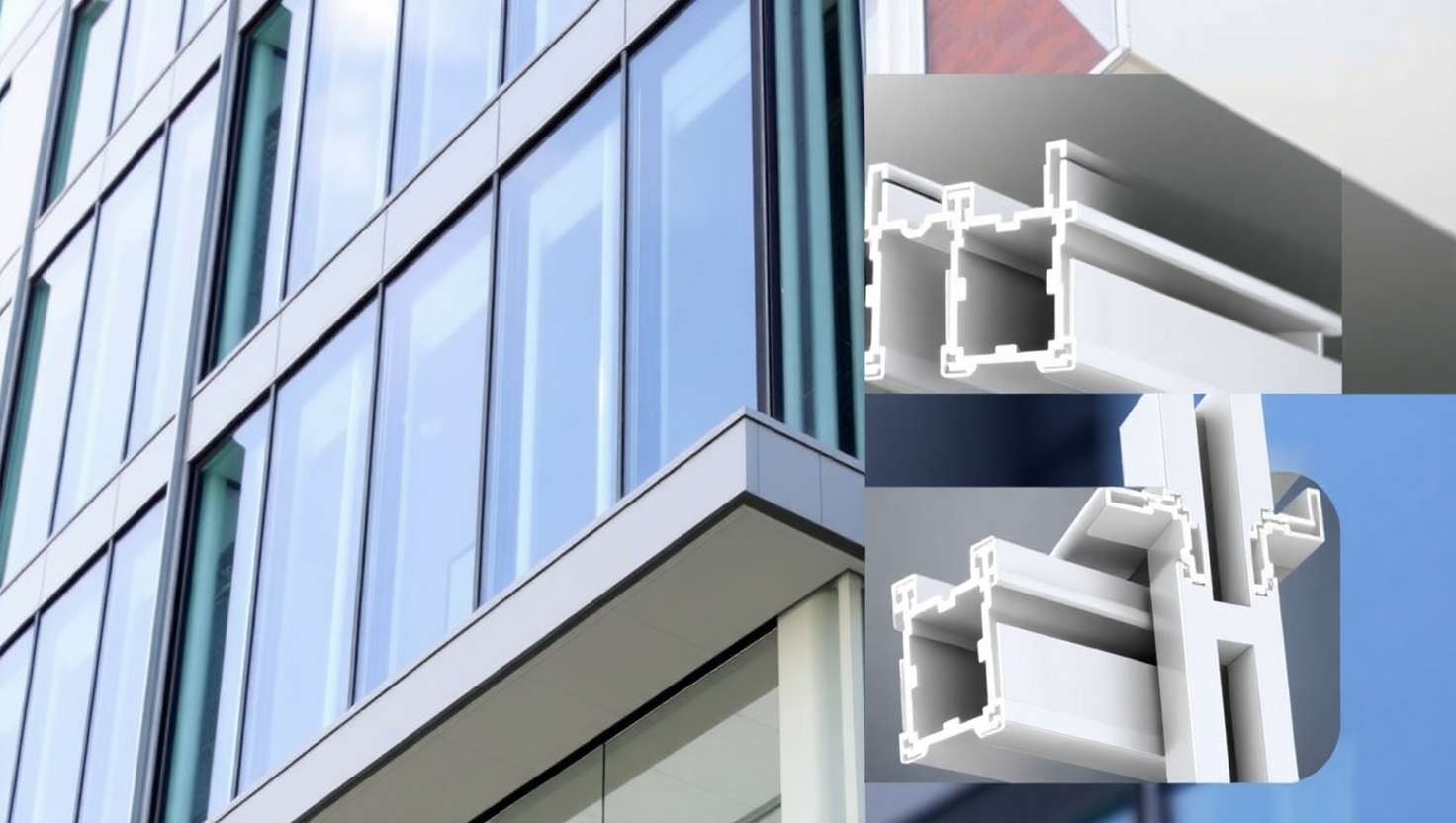Aluminium Extrusion in Curtain Wall Systems: Architecture Meets Strength
Published by: ALUTimes | Date: July 15, 2025
Table of Contents
- Introduction
- What Are Curtain Wall Systems?
- Why Use Aluminium Extrusions?
- Benefits of Aluminium Curtain Walls
- Types of Aluminium Extrusions in Curtain Walls
- Energy Efficiency & Sustainability
- Case Study: High-Rise Office Tower
- Design Considerations
- Future Trends
- Conclusion
- Disclaimer
Introduction
Aluminium extrusion plays a pivotal role in shaping modern architectural facades. Curtain wall systems—non-load-bearing walls that provide aesthetic appeal and environmental protection—are increasingly built using extruded aluminium profiles. Their strength, flexibility, and corrosion resistance make them ideal for high-performance building envelopes in 2025 and beyond.
What Are Curtain Wall Systems?
Curtain wall systems are outer coverings of buildings that are not structural but protect the interior from the weather. These systems are designed to resist air and water infiltration, sway induced by wind and seismic forces, and support their own weight. Aluminium extrusions form the skeleton that holds glass or panels in place.
Why Use Aluminium Extrusions in Curtain Walls?
- Lightweight: Easier to transport and install.
- High Strength-to-Weight Ratio: Supports large glass panels without adding structural load.
- Corrosion Resistance: Perfect for all weather conditions.
- Design Flexibility: Can be shaped and customized as needed.
Benefits of Aluminium Curtain Walls
Extruded aluminium curtain walls offer several architectural and functional benefits:
- Thermal efficiency through thermal break technologies
- Improved daylighting and aesthetics
- Low maintenance and long lifespan
- Support for double or triple glazing for insulation
Types of Aluminium Extrusions in Curtain Walls
Common profiles include:
- Vertical mullions and horizontal transoms
- Pressure plates and cover caps
- Glazing beads
- Bracket profiles for anchoring systems
Each is precision-manufactured via aluminium extrusion to exact tolerances and customized to the project’s design.
Energy Efficiency & Sustainability
Modern curtain wall systems integrate thermal breaks and low-E coated glass, reducing heat transfer and energy usage. Aluminium’s recyclability (nearly 100%) adds to the system’s green credentials, making it a favorite for LEED-certified projects.
Case Study: Aluminium Curtain Wall in an Office Tower
In a recent commercial skyscraper project in Bengaluru, engineers used a custom-designed aluminium extrusion curtain wall system. It provided thermal insulation and enhanced building aesthetics while reducing HVAC costs by 22%. This demonstrates how aluminium extrusions enable sustainable architecture at scale.
Design Considerations
Key factors in curtain wall design include:
- Wind load calculations
- Glazing thickness and type
- Building sway and seismic movement
- Thermal expansion of materials
Aluminium extrusions are adaptable to these design variables, ensuring safety and performance.
Future Trends in Aluminium Curtain Wall Systems
- Integration with solar panels (BIPV systems)
- Smarter facade systems with sensors and automation
- Use of nano-coatings for self-cleaning properties
- Increased use of parametric design and AI tools
Conclusion
Aluminium extrusion enables curtain wall systems that are lighter, stronger, more sustainable, and architecturally versatile. As buildings push the boundaries of height and performance, aluminium will continue to be the material of choice for curtain wall facades worldwide.
Disclaimer
This content is provided by ALUTimes for informational purposes only. Always consult professional engineers and facade consultants for project-specific recommendations.

